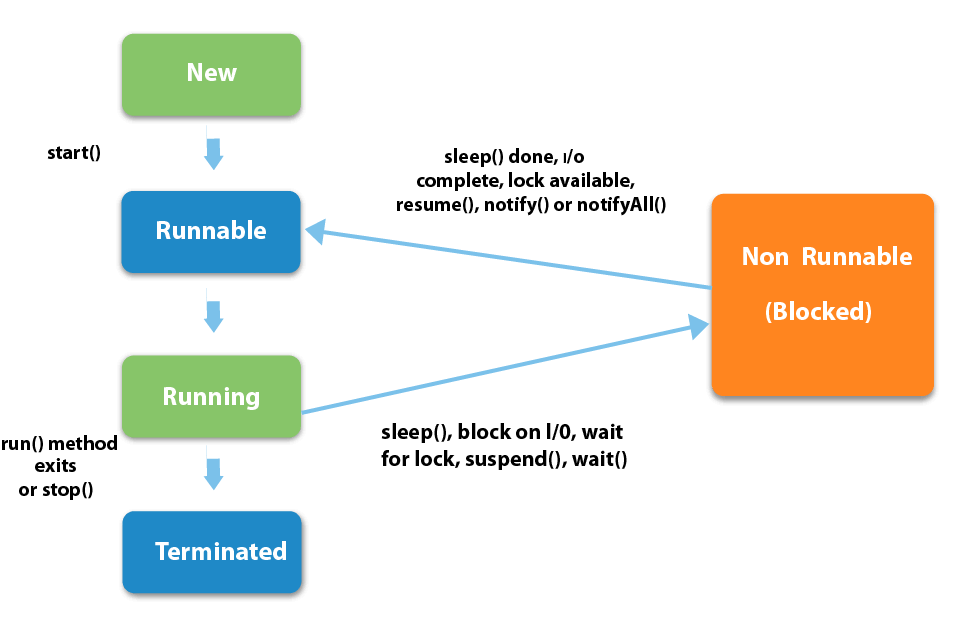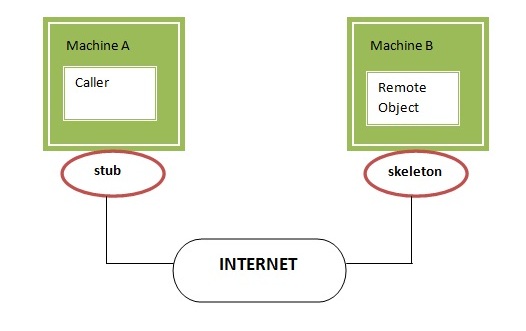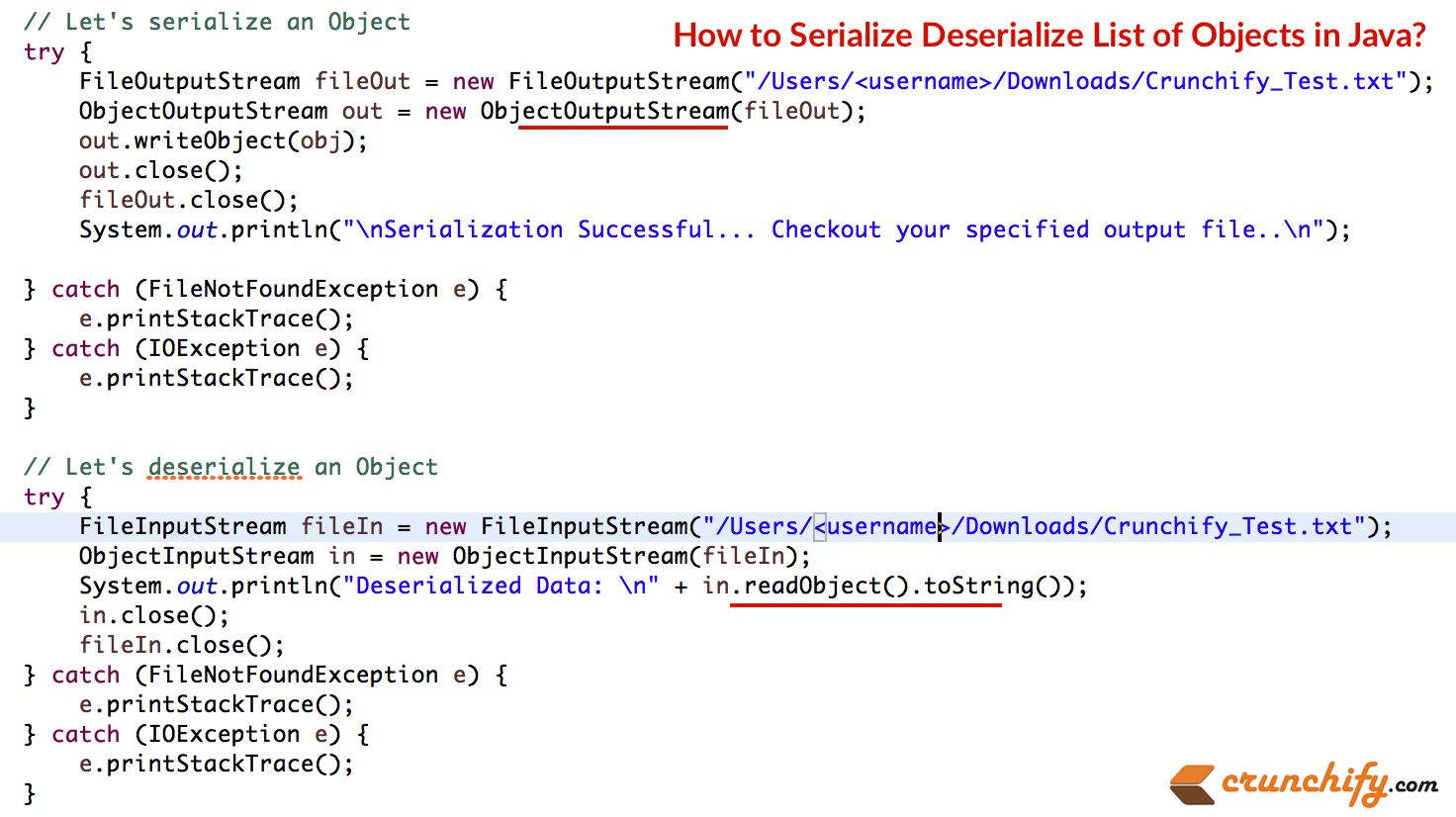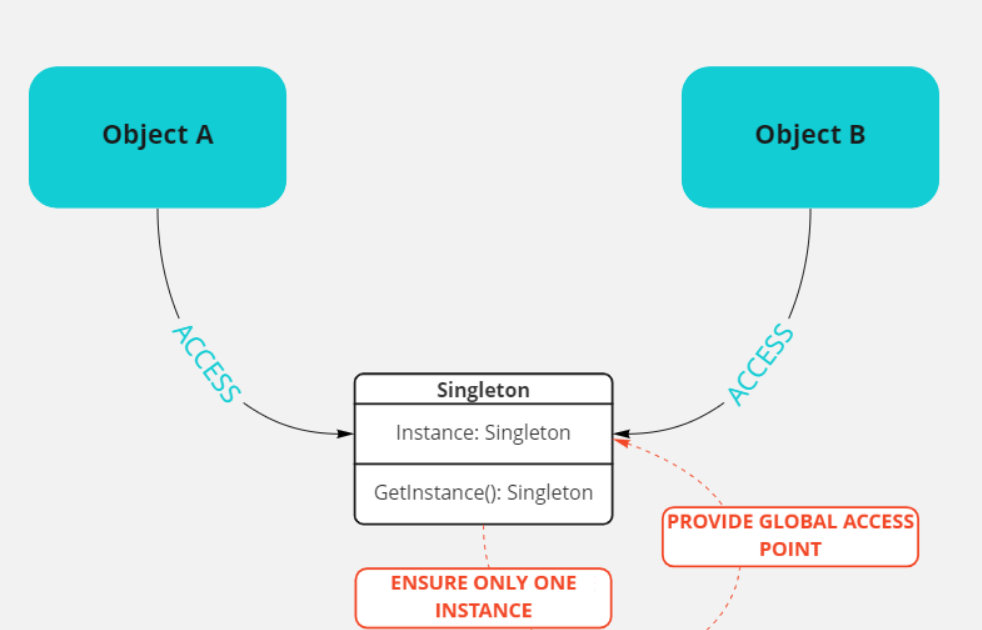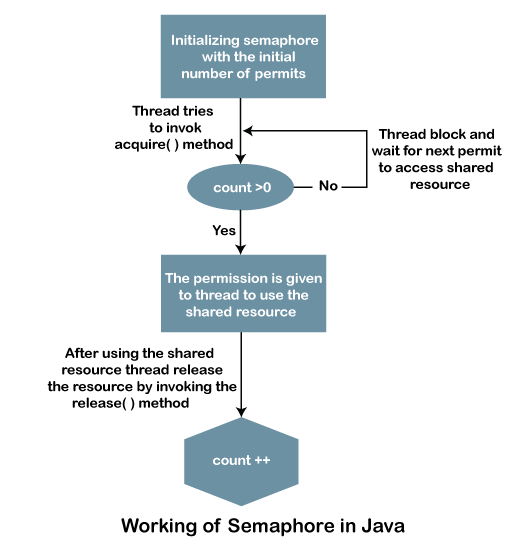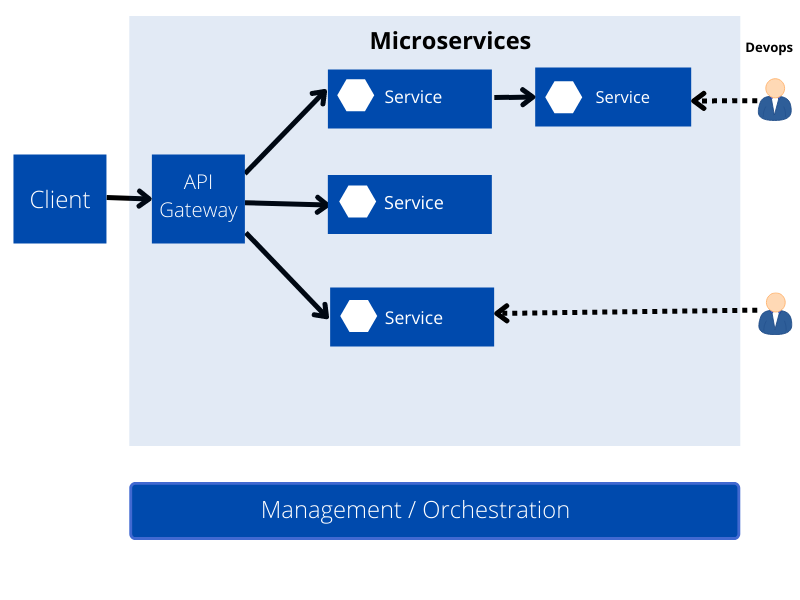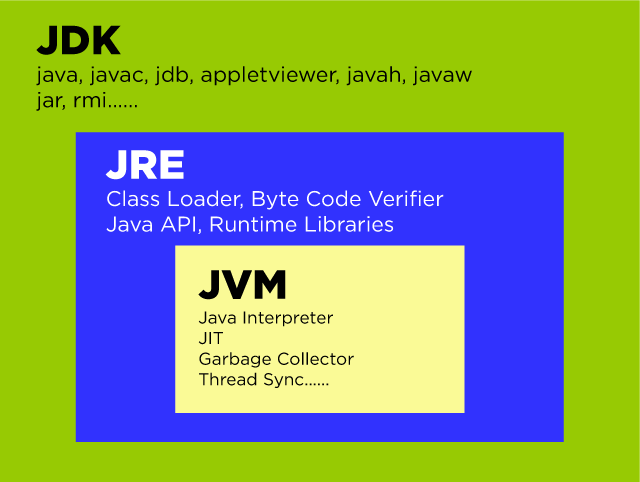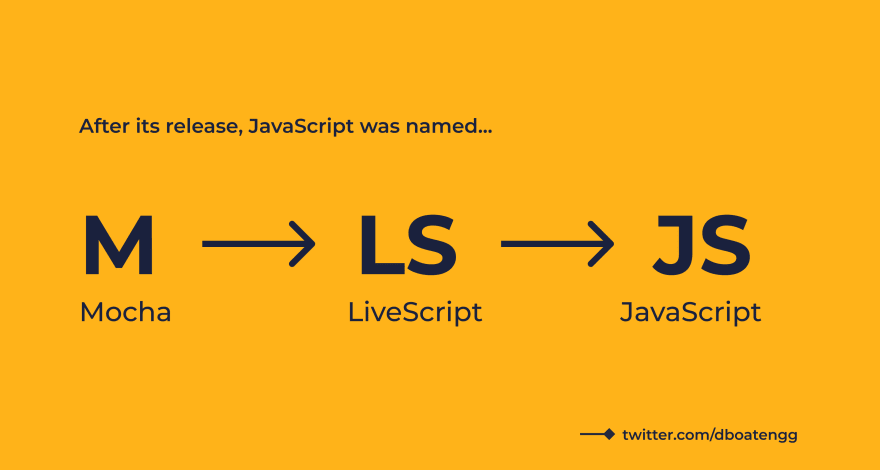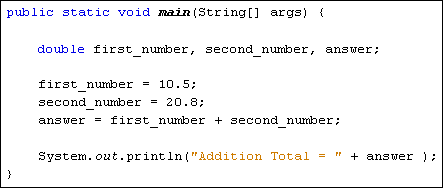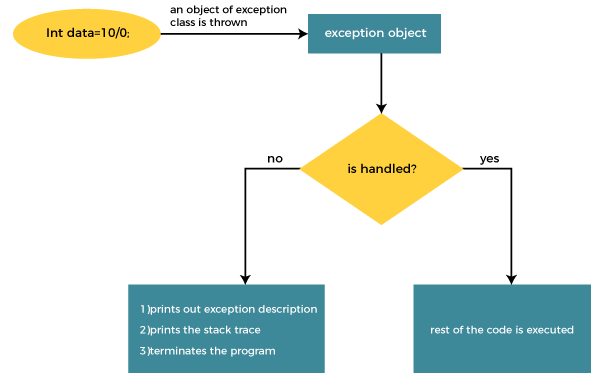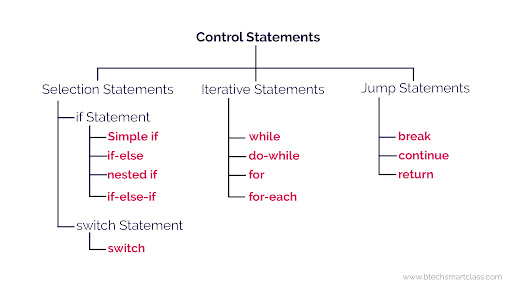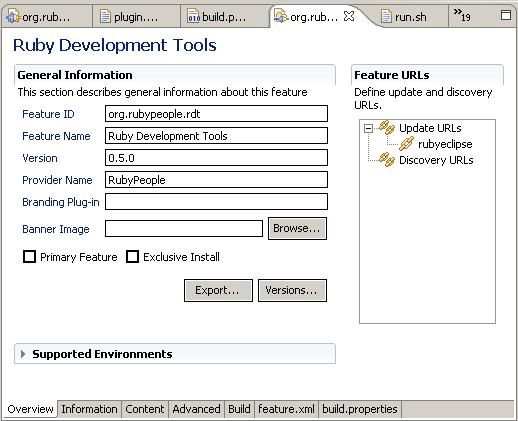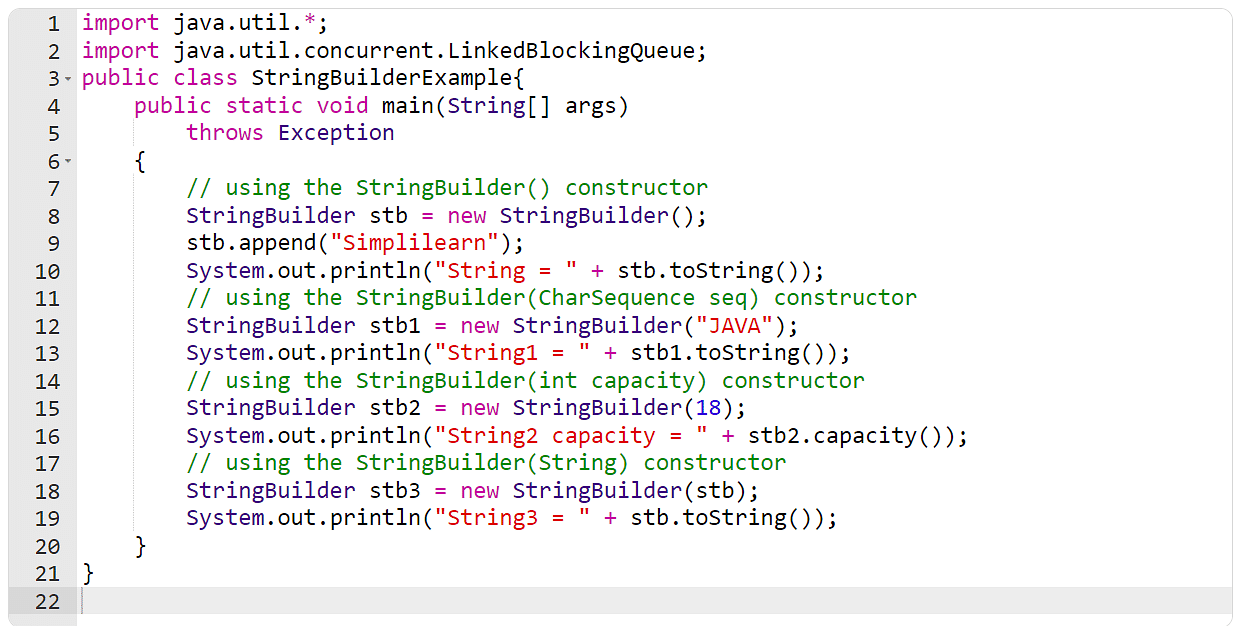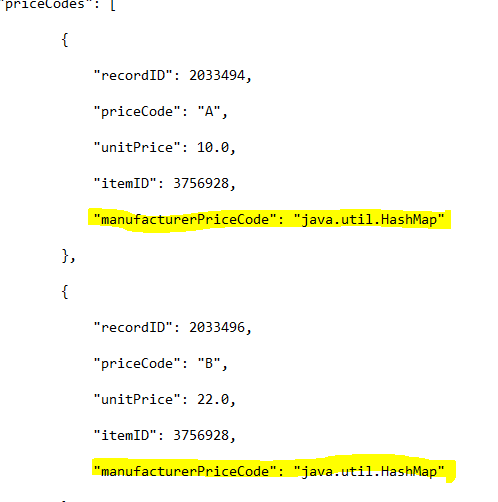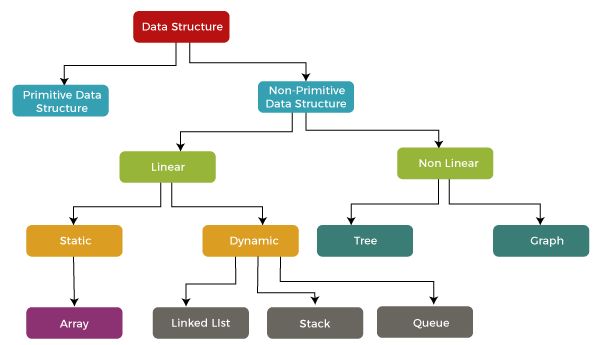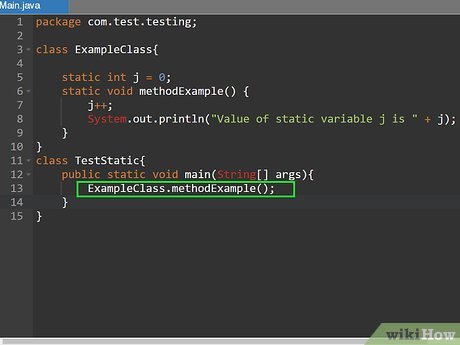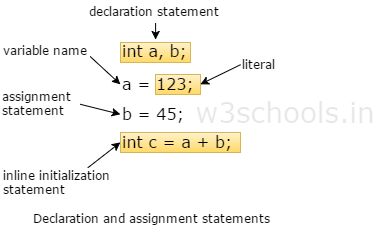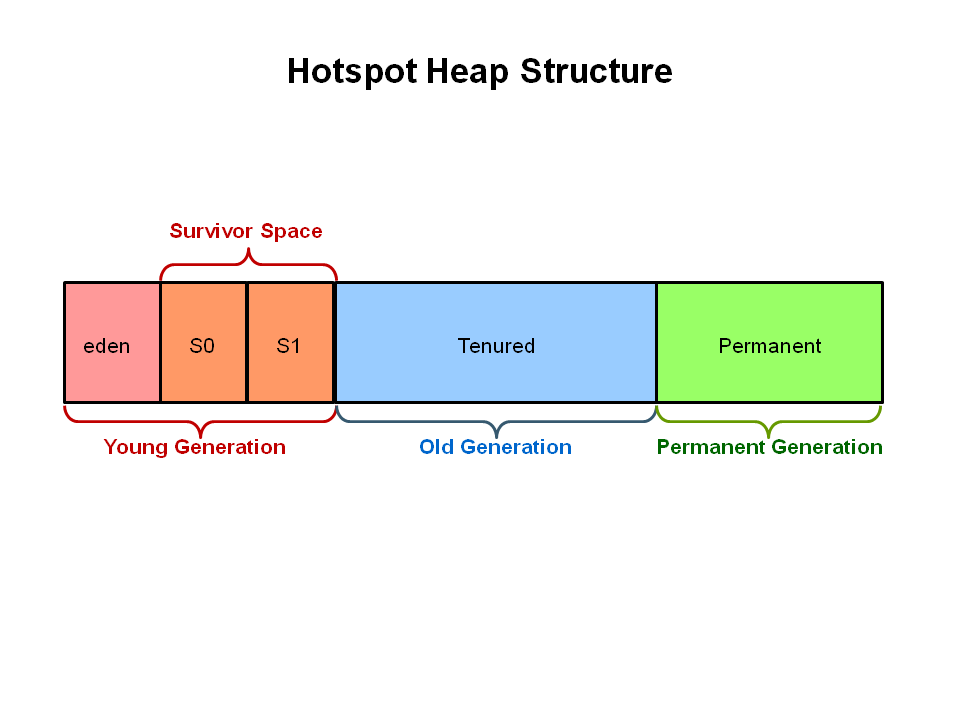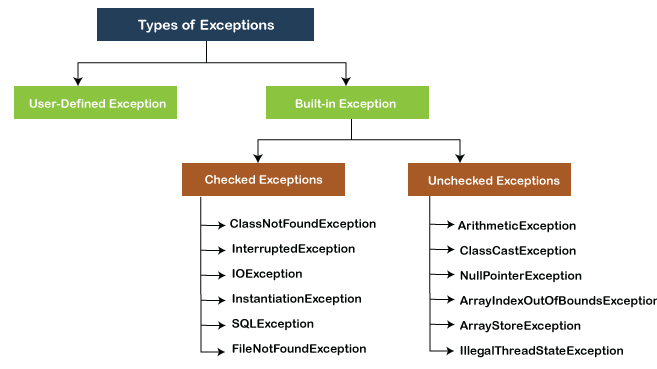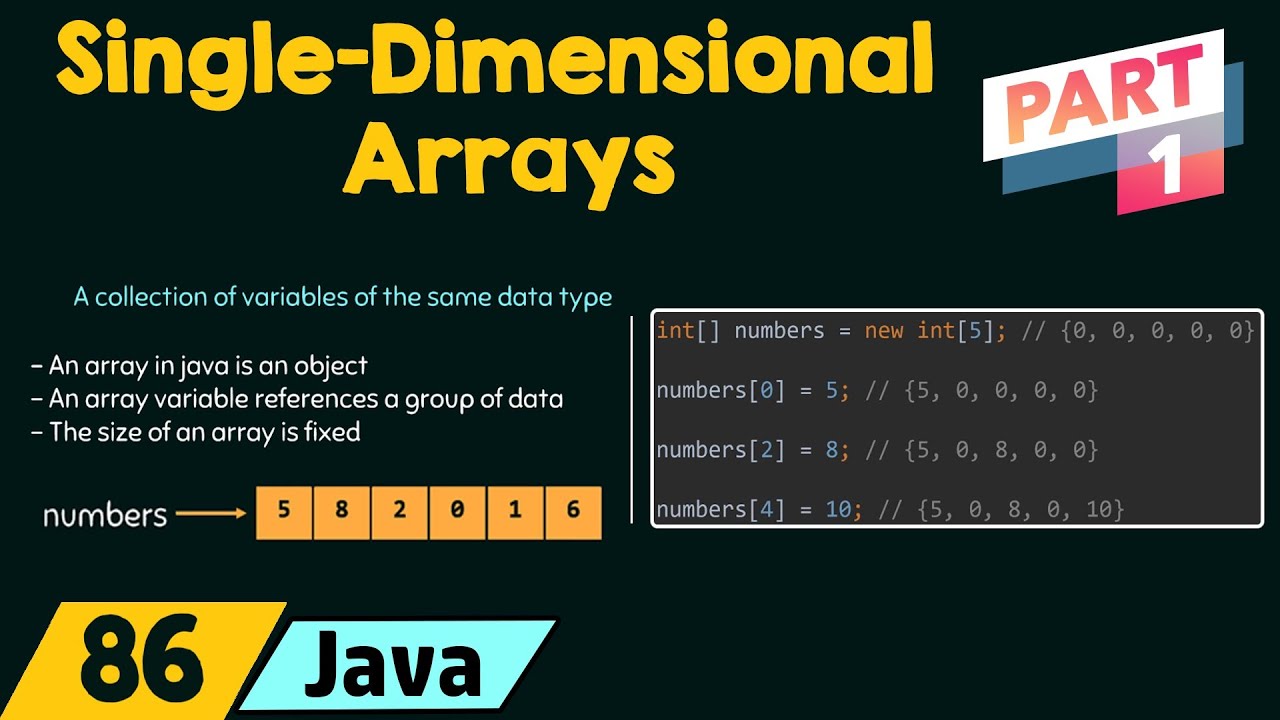Java module vs package
Java module vs package
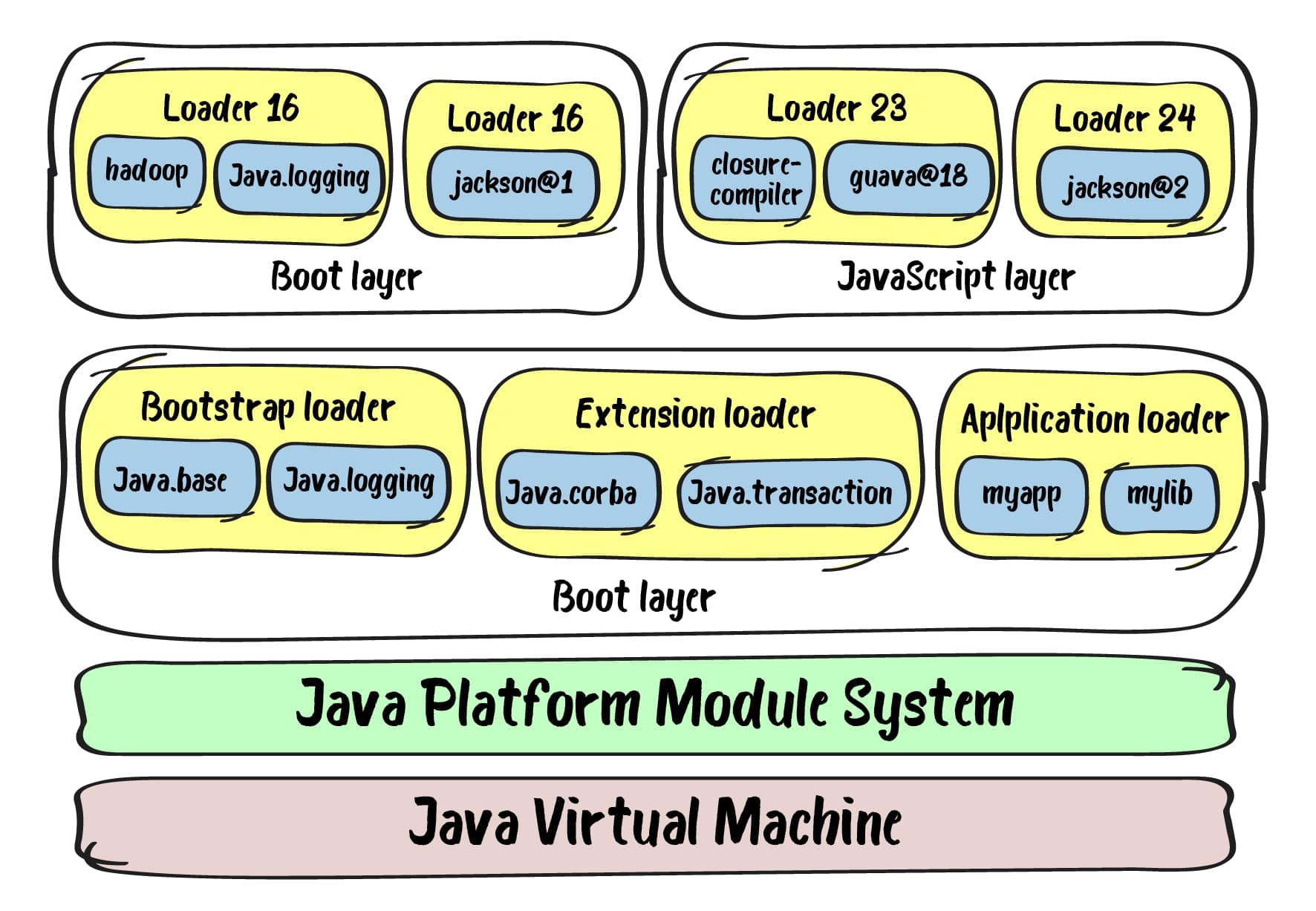
Java is a versatile programming language with various features that enable developers to organize and structure their code effectively. In this response, we'll explore the differences between Java modules and packages.
Packages (JDK 1.0 - JDK 11)
In Java, a package is a way to group related classes, interfaces, and subpackages together. It serves as a namespace for organizing your code. A package can contain any number of classes, interfaces, and other packages. When you compile a Java program, the compiler puts each class in its own file with a .class extension.
Packages provide several benefits:
Namespace management: Packages help prevent naming conflicts by providing a unique namespace for each group of related classes. Organization: Packages enable developers to organize their code into logical groups, making it easier to find and maintain specific classes or interfaces. Access control: Packages can be used to restrict access to certain classes or interfaces by using thepublic, protected, private, or default (package-private) access modifiers.
In Java 11 and earlier versions, packages are created using the package statement at the top of a source file or in a separate package declaration file.
Java Modules (JDK 13+)
Introduced in JDK 13, Java modules represent a new way to organize and structure your code. A module is a self-contained unit that can contain one or more packages, as well as other modules. Modules are intended to replace traditional packages and provide additional features for building modular applications.
Modules offer several advantages:
Modularization: Modules enable you to create self-contained units of code that can be easily reused across multiple projects. Dependencies management: Modules simplify dependency management by allowing you to declare dependencies between modules explicitly. Autoload: Java modules support autoload, which means that the module system will automatically load dependencies without requiring explicit imports.To create a Java module, you need to:
Create amodule-info.java file in your module's root directory, which serves as the module declaration file. Declare your module's contents and dependencies in this file using the requires, provides, and exports statements.
Key differences
Here are some key differences between Java packages and modules:
Scope: Packages are a namespace for organizing code, while modules represent self-contained units of code. Dependencies management: Modules provide explicit dependency declaration, whereas packages do not support this feature. Autoload: Modules support autoload, which is not available in traditional packages.In summary, Java packages were introduced earlier to help organize and structure code, while Java modules are a more recent addition that provides a way to create self-contained units of code with better dependency management and autoload features. When choosing between the two, consider the specific requirements of your project: if you need to manage dependencies explicitly, use modules; otherwise, traditional packages might suffice.
What is module in Java 8?
I'd be happy to respond in English.
In Java 8, a module is a new type of JAR file that can be used to group related classes and interfaces together. It's a way to encapsulate functionality and control access to it. Think of it like a folder or package that contains all the necessary pieces to achieve a specific task or provide a particular service.
Modules are designed to make Java more modular, hence the name! Before Java 8, developers used various workarounds, such as using class loaders or manually managing dependencies, to create loosely coupled systems. With modules, you can easily group related classes, interfaces, and resources into a single package that can be easily distributed, loaded, and managed.
Here are some key features of Java modules:
Module-info.java: Each module has its ownmodule-info.java file that contains declarations for the module's requirements (dependencies), exports, and provides. This file is used to configure the module's metadata. Requiring and providing: Modules can require other modules or provide their own implementations of interfaces and classes. This allows you to specify dependencies between modules and ensure that necessary components are present. Isolation: Modules run in isolated environments, which helps prevent namespace collisions and makes it easier to manage dependencies between different parts of your system. Service Loading: Java 9 (and later) provides a built-in mechanism for service loading, which allows you to discover available implementations of certain interfaces or classes within a module.
To create a module in Java 8, you'll need to:
Define the module's metadata usingmodule-info.java. Create a module-info.java file in your project's root directory. Declare the module's requirements (dependencies), exports, and provides in this file. Compile the module's source code into bytecode.
Once you have created a module, you can use it as a dependency in other projects or applications that require specific functionality. This is useful for managing dependencies between different parts of your system, especially when dealing with large-scale enterprise applications where many components need to be tightly integrated.
In summary, Java modules are a way to group related classes and interfaces together, manage dependencies, and control access to them. They provide isolation, service loading, and dependency management, making it easier to develop, maintain, and integrate complex systems in Java 8 and beyond.
